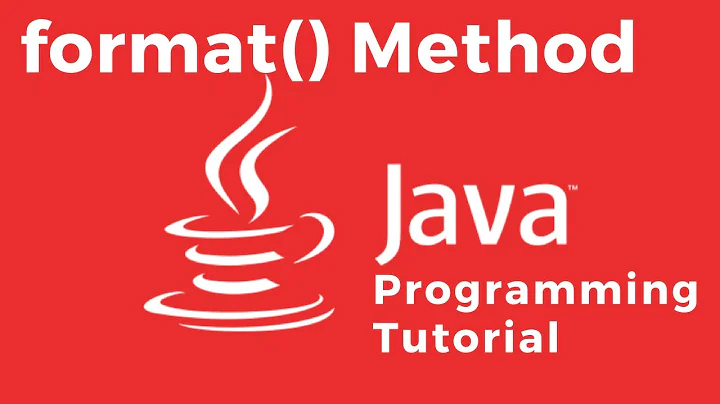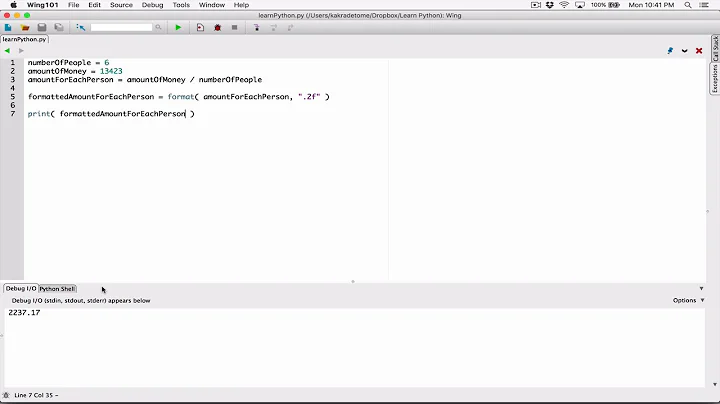How to format floating point numbers into a string using Go
Solution 1
Both fmt.Sprintf and strconv.FormatFloat use the same string formatting routine under the covers, so should give the same results.
If the precision that the number should be formatted to is variable, then it is probably easier to use FormatFloat, since it avoids the need to construct a format string as you would with Sprintf. If it never changes, then you could use either.
The last argument to FormatFloat controls how values are rounded. From the documentation:
It rounds the result assuming that the original was obtained from a floating-point value of bitSize bits (32 for float32, 64 for float64)
So if you are working with float32 values as in your sample code, then passing 32 is correct.
Solution 2
You will have with Go 1.12 (February 2019) and the project cespare/ryu a faster alternative to strconv:
Ryu is a Go implementation of Ryu, a fast algorithm for converting floating-point numbers to strings.
It is a fairly direct Go translation of Ulf Adams's C library.
The
strconv.FormatFloatlatency is bimodal because of an infrequently-taken slow path that is orders of magnitude more expensive (issue 15672).The Ryu algorithm requires several lookup tables.
Ulf Adams's C library implements a size optimization (RYU_OPTIMIZE_SIZE) which greatly reduces the size of thefloat64tables in exchange for a little more CPU cost.For a small fraction of inputs, Ryu gives a different value than
strconvdoes for the last digit.
This is due to a bug instrconv: issue 29491.
Go 1.12 might or might not include that new implementation directly in strconv, but if it does not, you can use this project for faster conversion.
Related videos on Youtube
Comments
-
Brian Oh almost 2 years
Using Go I'm trying to find the "best" way to format a floating point number into a string. I've looked for examples however I cannot find anything that specifically answers the questions I have. All I want to do is use the "best" method to format a floating point number into a string. The number of decimal places may vary but will be known (eg. 2 or 4 or zero). An example of what I want to achieve is below.
Based on the example below should I use
fmt.Sprintf()orstrconv.FormatFloat()or something else?And, what is the normal usage of each and differences between each?
I also don't understand the significance of using either 32 or 64 in the following which currently has 32:
strconv.FormatFloat(float64(fResult), 'f', 2, 32)Example:
package main import ( "fmt" "strconv" ) func main() { var ( fAmt1 float32 = 999.99 fAmt2 float32 = 222.22 ) var fResult float32 = float32(int32(fAmt1*100) + int32(fAmt2*100)) / 100 var sResult1 string = fmt.Sprintf("%.2f", fResult) println("Sprintf value = " + sResult1) var sResult2 string = strconv.FormatFloat(float64(fResult), 'f', 2, 32) println("FormatFloat value = " + sResult2) }-
 Admin almost 4 years
Admin almost 4 yearsfmt.Sprintf("%.2f", fResult)to set a float to a string. See stackoverflow.com/a/62753031/12817546.strconv.ParseFloat(f, 64)to set a string to a float. See stackoverflow.com/a/62740786/12817546.
-







